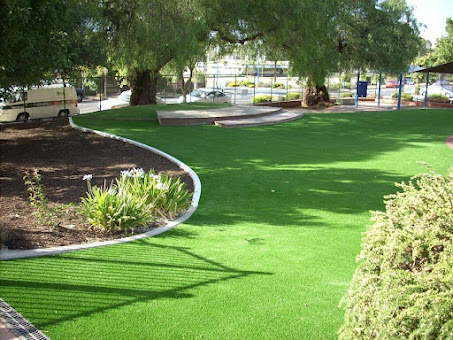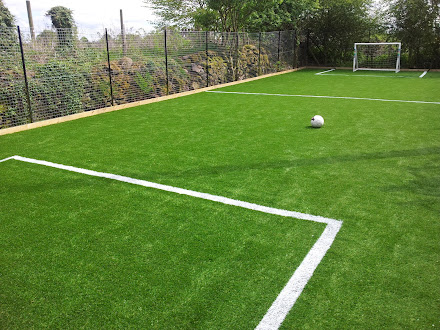Unveiling the Green Revolution: Exploring the Benefits and Myths of Fake Grass"
In recent years, fake grass, also known as artificial turf or
synthetic grass, has gained popularity as a low-maintenance alternative to
natural grass lawns. However, alongside its rise in popularity, there has been
a fair share of debate surrounding its environmental impact, safety, and
aesthetic appeal. In this article, we delve into the world of fake grass to
uncover the truth behind the hype.
One of the primary advantages touted by proponents of fake
grass is its low maintenance requirements. Unlike natural grass, which demands
regular watering, mowing, and fertilizing, artificial turf requires minimal
upkeep. This can be especially appealing in regions facing water shortages or
areas where maintaining a lush lawn is challenging.
Moreover, fake grass is
often marketed as an eco-friendly solution, as it eliminates the need for
pesticides and reduces water consumption. However, the manufacturing process of
synthetic turf involves the use of non-renewable resources such as
petroleum-based materials, raising concerns about its environmental impact.
Additionally, the disposal of artificial turf at the end of its lifespan can
pose challenges due to its non-biodegradable nature.
Another point of contention is the safety of fake grass,
particularly regarding its potential health risks. Some studies have raised
concerns about the presence of lead and other harmful chemicals in artificial
turf, although manufacturers have made efforts to address these issues by
producing lead-free alternatives. Additionally, there are debates about the
heat retention properties of fake grass, with some arguing that it can become
significantly hotter than natural grass, potentially causing discomfort or
injury.
Despite these concerns, fake grass has its supporters who
praise its durability, versatility, and ability to maintain a green, manicured
appearance year-round. Whether it's used in residential landscapes, sports
fields, or commercial spaces, artificial turf continues to be a popular choice
for those seeking a low-maintenance, aesthetically pleasing alternative to
natural grass.
In conclusion, while fake grass offers undeniable benefits in
terms of convenience and aesthetics, it's essential to consider its potential
drawbacks and environmental implications. By weighing the pros and cons,
consumers can make informed decisions about whether artificial turf is the
right choice for their landscaping needs.




Comments
Post a Comment